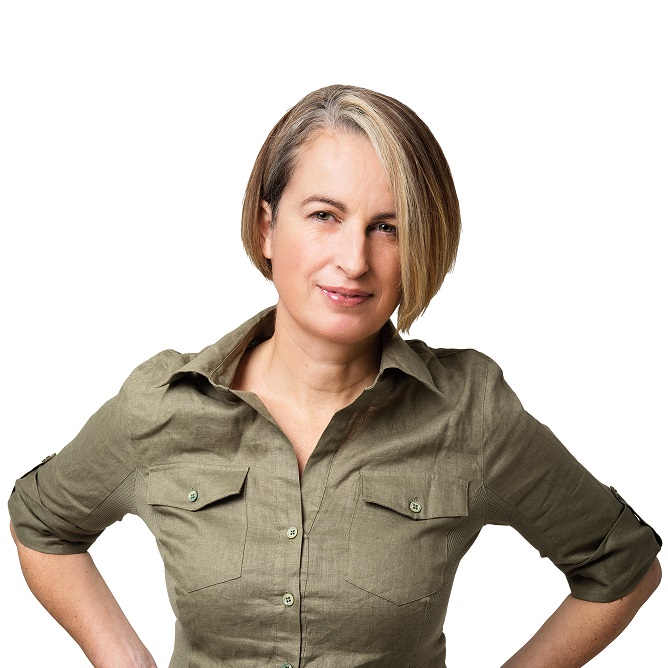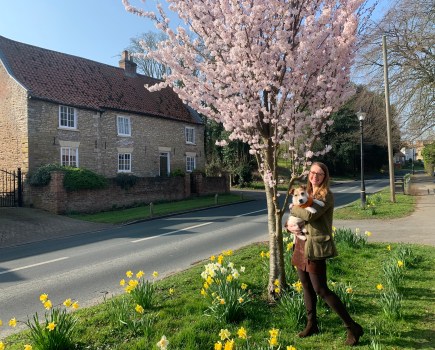 By Lucy de la Pasture
By Lucy de la Pasture
There’s something about the human mind that seems to love to put things in boxes. But boxes have a defined boundary so by taking this approach, we’re always imposing limitations upon ourselves.
It’s something I find fascinating about the conversation that continues to rumble about regenerative farming. Purists on either side of the fence are convinced it’s ‘my way or the highway’. Those who’ve jumped right in with a shiny new direct drill and then jumped back out when they didn’t find Utopia say it’s a load of tosh, forgetting that any change to farming practice is a progression.
In the US in particular, regen farmers are battered for not making yield their Holy Grail, preferring profitability over maximum output. Lower fixed costs and often lower inputs mean they’re out of the red earlier on the output curve so they’re operating in a different financial environment with a different set of values. They’re in a different box and it’s a sad fact that being different in any way can create division, prejudice and all the nastiness that comes with those things. Our own political system has been playing on this particular aspect of human nature very successfully, but it doesn’t make for a nice world to live in.
In my view, it’s really important that we don’t allow the regen-conventional debate to head the same way in the UK. At the end of day, we’re all farmers facing the same difficulties and our strength is in cohesion, learning from others and staying open to different ways of doing things and possible change.
For this reason, I always cringe inwardly when the conversation turns to agreeing a definition for regenerative farming. In my mind, as soon as you define something then you set boundaries – you’ve created the box. Why not just leave it as a set of principles to guide the system you create around them, rather than being the system itself?
With soil health featuring predominantly in the minds of most progressive farmers, there are many farms which would describe themselves as conventional that are actually farming in a more regenerative way – perhaps a half-way house to those that seek to farm with very few inputs but a progression all the same towards a more sustainable way of farming. And who knows where that may lead in the future because progression is the key word – some will run at pace, others will crawl and there’ll be many who’ll jog along.
This month I’ve visited two very different farms, both achieving biodiversity gains and reducing their impact on the planet – one a conventional farm, the other regenerative. Both are extremely close in their values, inspirational farmers and give their time freely to act as ambassadors for farming by opening their doors to school children, other farmers, politicians and regulatory bodies. This outreach is so crucial because the disconnect has grown so enormous between farming and food. Things we would consider basic knowledge – such as the difference between hay and straw, peas actually grow in pods, the length of time from planting to harvest – are alien concepts to an awful lot of people these days. It’s a rift we have to find a way to heal.
If you ever get the opportunity to visit Jake Freestone at Overbury then do it – there’s so much going on there that some of the experimenting on the farm is bound to resonate. What I didn’t cover in my article (see page 57) is that some of the farm (50-60ha) is let for vegetable production on the Vale land, with 6ha blocks of peas and beans sequentially planted for hand-picked, fresh supermarket sale. There is also beetroot and over-wintered salad onions – all of which require some targeted cultivations after harvest.
Although the soil disturbance goes against the grain, Jake is working collaboratively with the veg producers and has helped them transition to direct drill/min-till and is encouraging them along the regen journey, particularly as insecticide is still used. It illustrates that looking at the farm as a whole is still important and the veg still brings value to the farm, even though it’s not yet farmed in the same way as the rest of the estate. Jake sees positives in the use of the farm’s water licenses, the added diversity the crops bring to the rotation, and the early land clearance allows time for three months of carbon capture and N-fixation using his 16-species cover crop.
Next month I’ll be writing about the work the Hinchliffe family are doing at Rawcliffe Bridge in Yorkshire, now in its 20th year and supported by BASF. Even though ‘big ag’ is often slated, its work on sustainability is valuable and understated. It’s all conducted by independent experts and provides some valuable science which can be used to counter some of the arguments being used to bash the farming community and improve farming practice.
Accepting difference is never easy and there’s a lot of pressure to conform. One of the best pieces of advice I ever received was in counselling to help me accept the ‘new me’ after my brain injury. That was that happiness comes from identifying and then living to your values. So apply your own values to your farm and you may well find that your happy place is different to your neighbour. Trying to live to someone else’s values will never work but I bet that providing a sustainable future for the next generation is a value most of us share.
This article was taken from the latest issue of CPM. For more articles like this, subscribe here.




